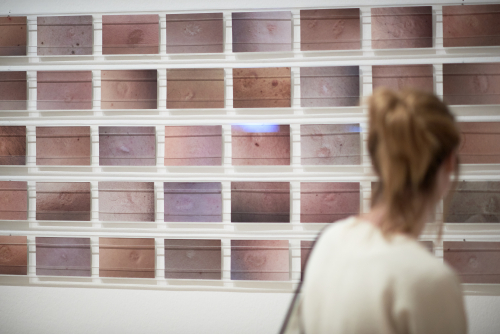One of the priorities at Ludwig Museum Budapest is to keep track of the contemporary art scenes and new tendencies of the Central and Eastern European region and the post-socialist countries. The exhibition presenting a selection of contemporary positions from the art scenes of Albania and Kosovo in the summer of 2016 is part of this tendency.
Albania and Kosovo took fundamentally different courses in the second half of the 20th century; the former suffering from Enver Hoxha’s despotic regime for decades, the latter as part of Yugoslavia. In spite of this, such phenomena as dictatorship, war, or economic and social crises have had considerable impact on the recent past of both areas.
The exhibition does not aim to be complete: it provides no retrospective overview of the evolution of the two cultural milieus, nor does it examine the activity of artists from a historical aspect. An array of 25 artists, the selection grasps the dynamics pervading the two scenes: the exhibition at once presents works that can be considered milestones, statements that facilitated the international presence of each scene, and projects engendered as imprints or witnesses of long processes. It is through these positions that the selection explores the phenomena that have functioned as the driving force of in each country and its artists.
Language: Hungarian, English

